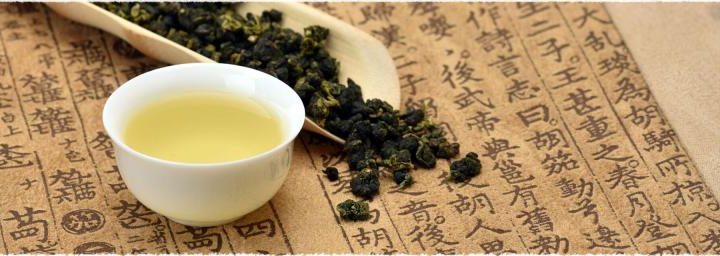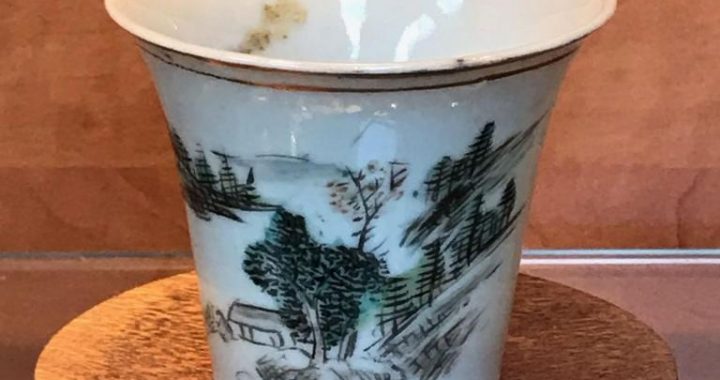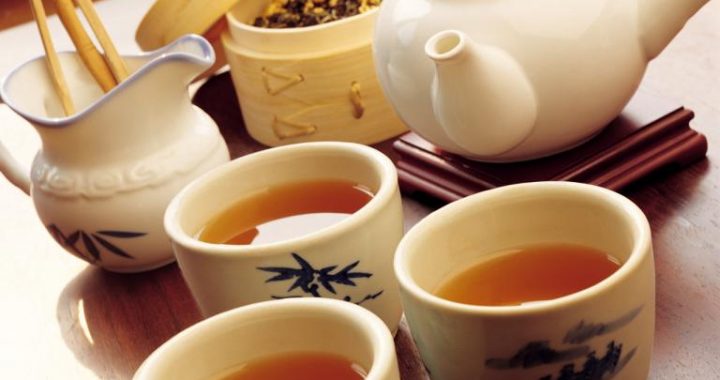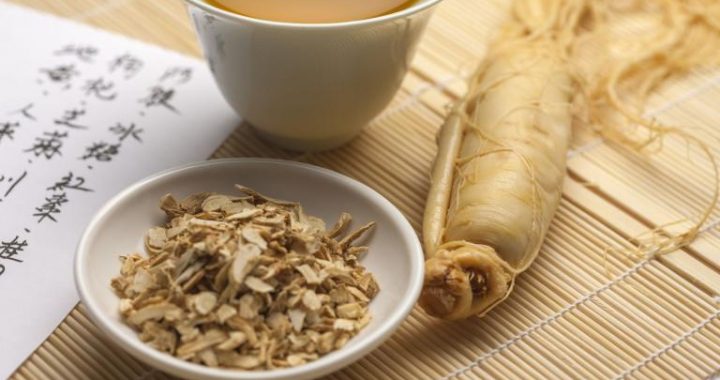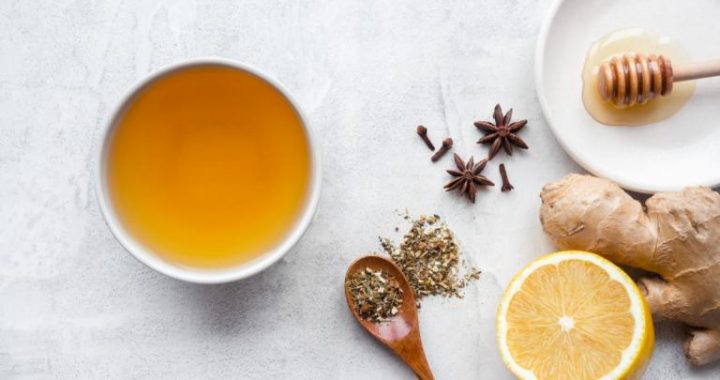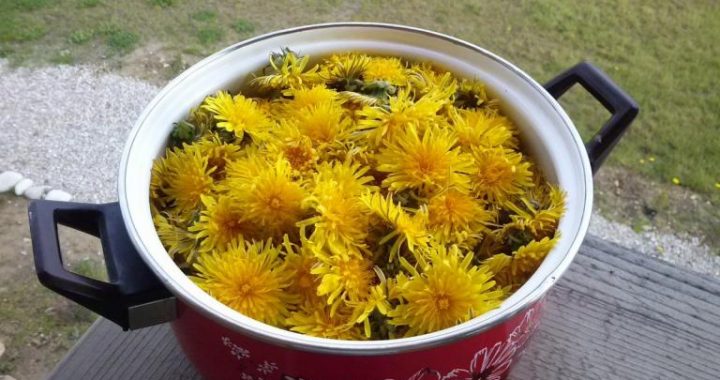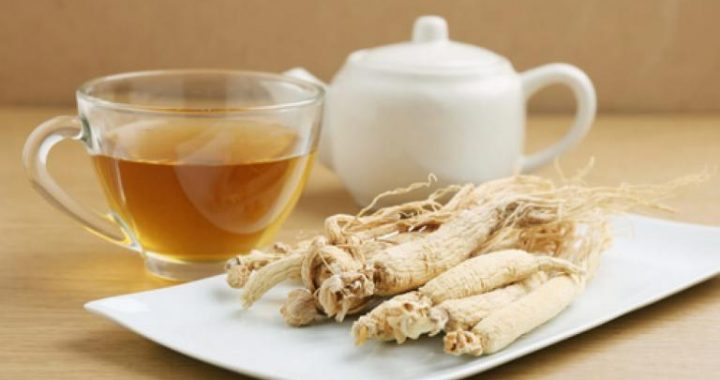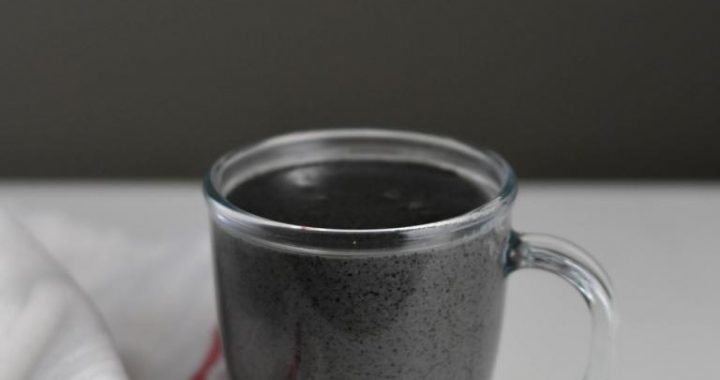What Is Pu-erh Tea?
4 min read1. Pu-erh tea: A common man’s perspective Ten years ago, most Chinese outside Y unnan had proba-bly only heard of Pu-erh tea but not seen it. It is only recently that people have started to learn more. Today, drinking Pu-erh tea has become a trend.
The most commonly used terms associated with Pu-erh tea are”raw cake,””processed cake,””mellower with age” and “collection and appreciation.”Most drinkers know that Pu-erh tea is a combination of raw tea and processed tea. The uniqueness of Pu-erh tea lies in its becoming”more fragrantwith age,”a common characteristic of dark teas in general,
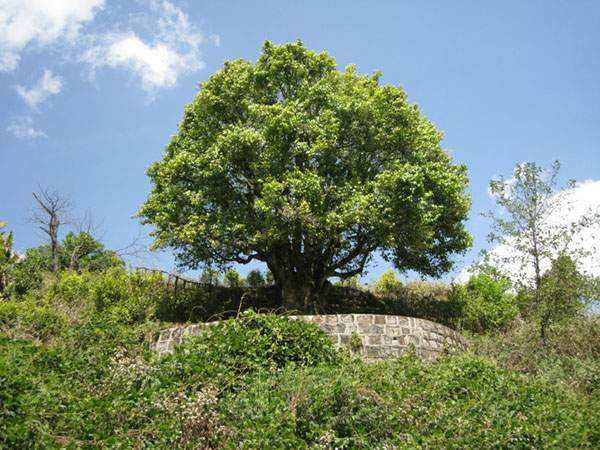
contrary to the general belief that tea is better when it is fresh.
What is raw tea? What is processed tea? Do both become more fragrant with age? Does Pu-erh tea really become better with age? The answer is not simple. Therein lies the chief at-traction of Pu-erh tea-the more you search for the truth, the more elusive it becomes.
2. Pu-erh tea: An expert’s perspective According to tea experts Pu-erh tea is the generic name given to the loose tea and the compressed tea, which conform to the local standards of Y unnan Province. They are sun-baked big-leaf green crude tea processed through fermentation (including natural fermentation and artificial post-fermenta-tion).
Experts specify key points, such as place of origin, type ofraw material, processing technique, standard for and form of the final product.
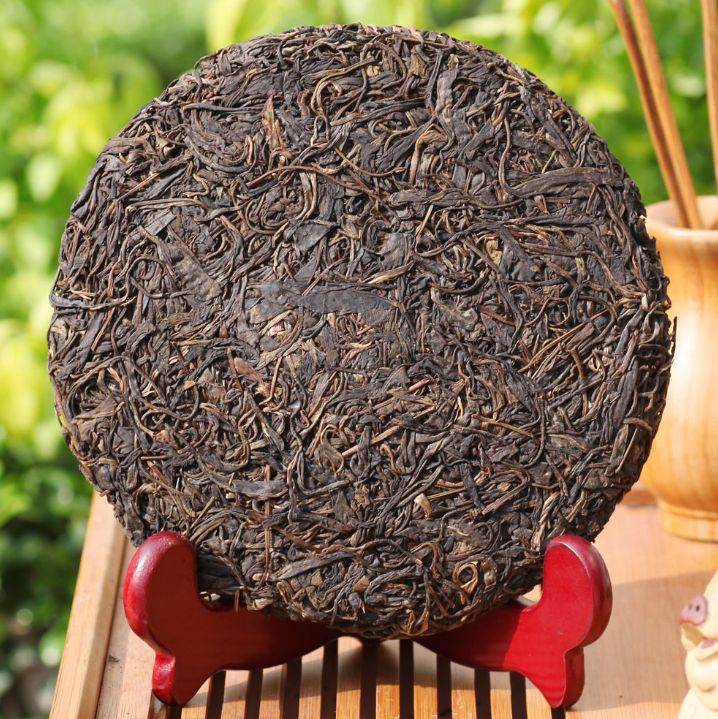
Place of origin: The area under the ancient Pu-erh Prefecture The ancient town of Pu-erh Prefecture 100 years ago (provided by the Publicity Department of Ninger County)In 1729, Emperor Y ongzheng established the Pu-erh Prefecture. Its administration bureau was in the present Ning’ er County. The Pu-erh Prefecture covered the present Pu-erh city(originally Simao City, renamed in April 2007), Xishuangban-na Prefecture and part of Lincang Prefecture. The fresh leaves of the big-leaf tea trees in this area are the first criterion for recognizing Pu-erh tea.
Type of tree and raw material: Sun-baked green crude tea of the big-leaf type These trees are found only in Y unnan. They have evolved from growing wild to planned planting today. Usually, the leaves are 12 -24cm long and their texture is leatherlike -thicker and tougher than leaves of other types of tea trees. Tea trees across the globe have, through continual migration, evolved from the wild big-leaf tea trees. The type of trees used as raw material is an important factor for long-term storage of the tea product.
Pick fresh leaves of the big-leaf tea trees, (usually one sprout and three leaves), stir them in a wok over fire to get rid of the freshleaf smell, destroy their enzyme activity, evaporate the moisture and release the fragrance. Twist them into stria-tions and keep out in the sun to turn them into sun-baked green crude tea. This material is used to produce Pu-erh tea.
Techniques: Natural fermentation or artificial fermentation of the sunbaked crude green tea Compress the sun-baked green crude tea into cakes or bricks. This is known as raw tea. After a specific period of time(5-10, or 10 -20 years), under normal temperature and hu-midity, the raw tea becomes naturally fermented Pu-erh tea.
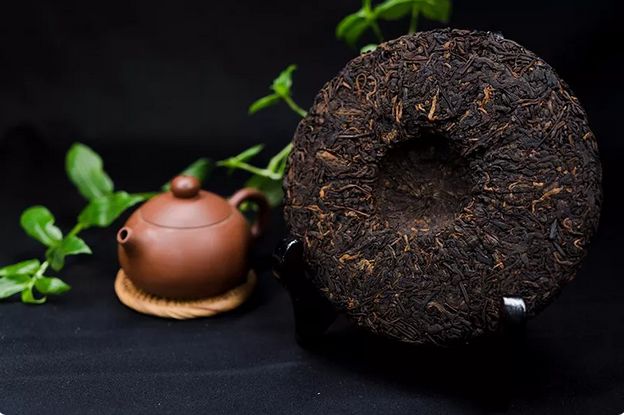
Pu-erh tea under natural fermentation This technique is called “natural fermentation.”Put the sun-baked green crude tea (loose tea) in a controlled environ-ment having the appropriate temperature and humidity con-ducive to its fermentation and help it ferment quickly, in a process called “Wodui”(pile fermentation). After approxima-tely 40 days, it becomes processed tea. In this book, the term Pu-erh tea refers to the fermented tea which is naturally or arti-ficially fermented-the “processed tea.”
Pu-erh tea under artificial pile fermentation Physicochemical and sensory indices: Conforming to the local standards of Pu-erh tea in Y unnan Province Post 1973, after repeated testing, the artificial pile fer-mentation technique has greatly developed. Now there is a distinction between “raw tea”(traditional Pu-erh tea) and”processed tea,”which makes the concept of Pu-erh tea more pluralistic.
Meanwhile, the industrial standards of artificial fermen-tation and other related local standards have also been estab-lished. The purpose of the artificial pile is to speed up the fermentation of Pu-erh tea.
Artificial fermentation shortens the natural fermentation process of 10 to 20 years to merely days, thereby meeting the needs of the customers.
Thus, Pu-erh tea is the kind of tea whose physicochemical and sensory indices conform to the local standards of Pu-erh tea in Y unnan Province.
Evaluation of Pu-erh tea
Shape of final product:Loose tea or compressed tea
Pu-erh tea can be in the form of fermented loose tea and
fermented compressed tea.
Loose Pu-erh tea
Compressed Pu-erh tea in the shape of melon Tea that can reach the above standards is Y unnan Pu-erh tea.
3. Pu-erh tea in the market It is common knowledge that Pu-erh tea includes raw tea and processed tea, but people usually know little about which type of tea should be stored and for how long. The tea industry defines Pu-erh tea as processed tea.
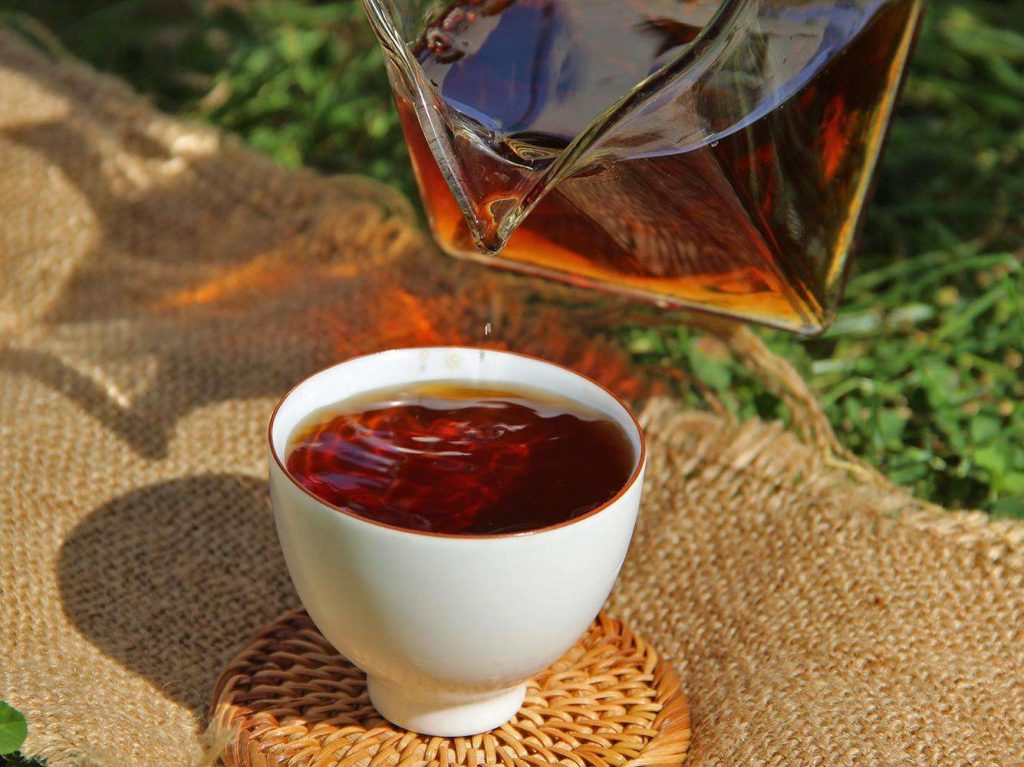
Among the kinds of Pu-erh tea in the market and those favored by customers, there are Pu-erh tea acknowledged by experts (processed tea only) and the commonly known raw tea.
In addition, there is the “several-year-old tea”that falls in-between the raw tea and the processed tea (those that are yet tofinish their natural fermentation). Other kinds of tea are those that are preserved for some time after artificial fermentation and the 20 -30-year-old tea.
Now let’s discuss and learn about Pu-erh tea as a kind of tea offered on the market.
